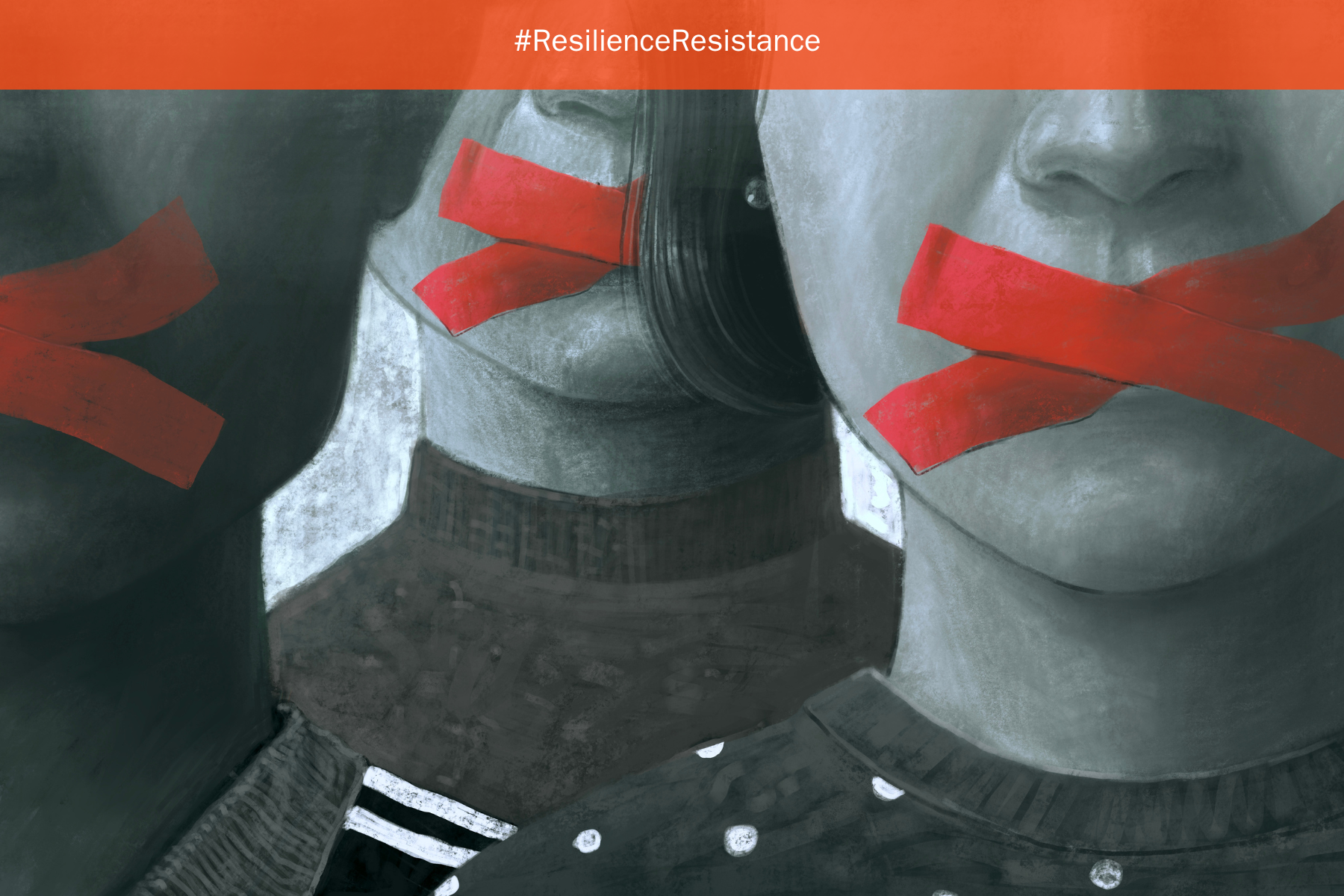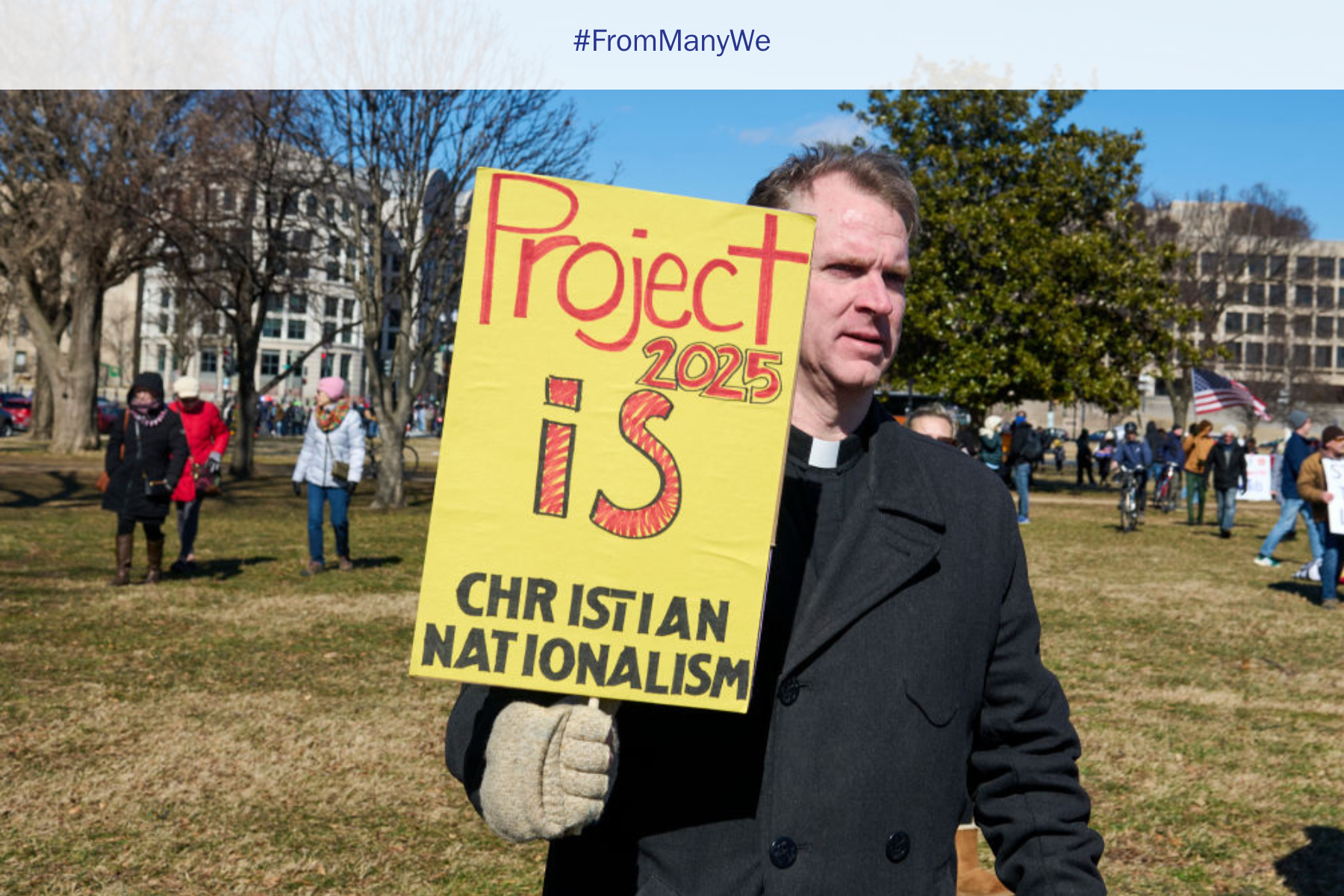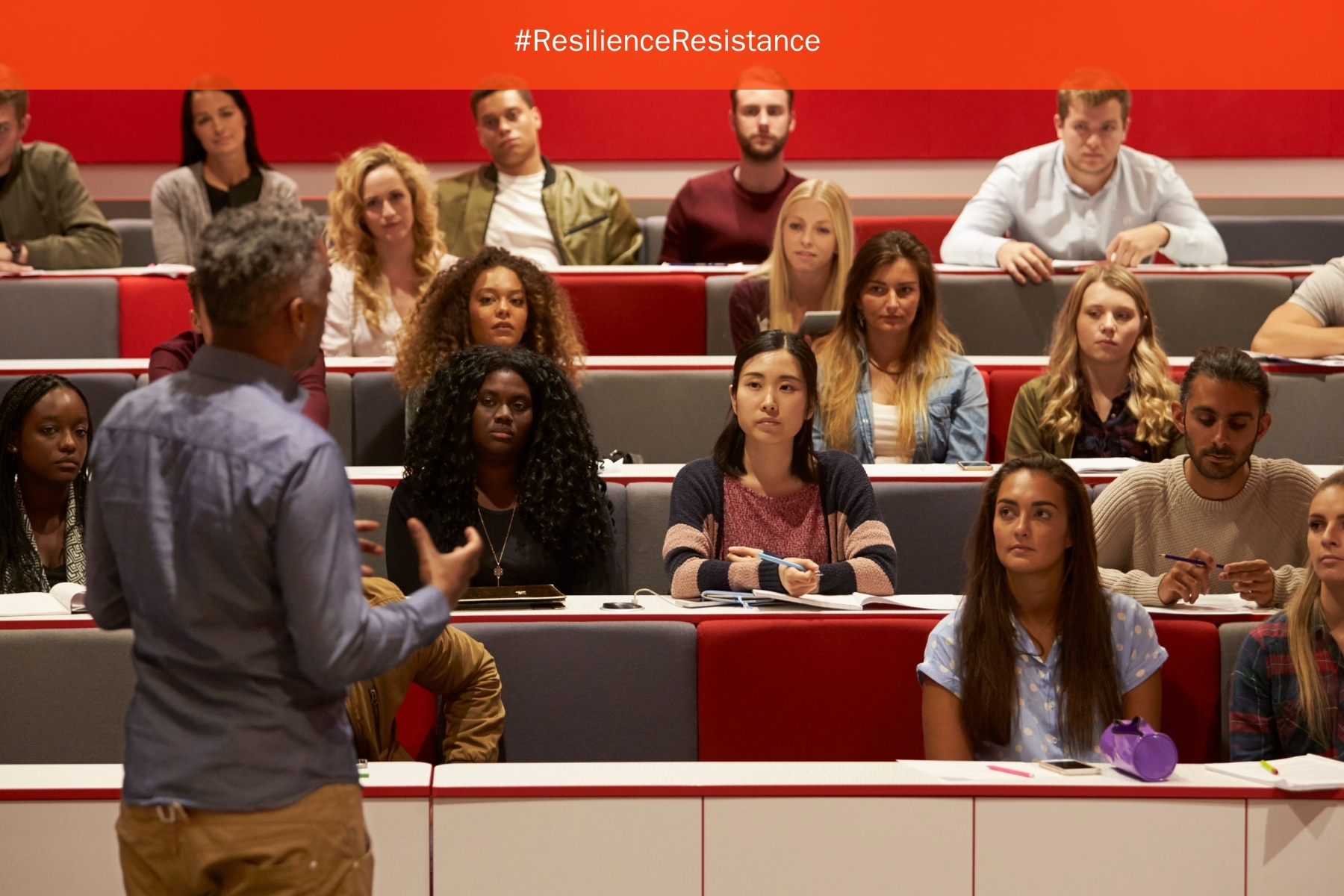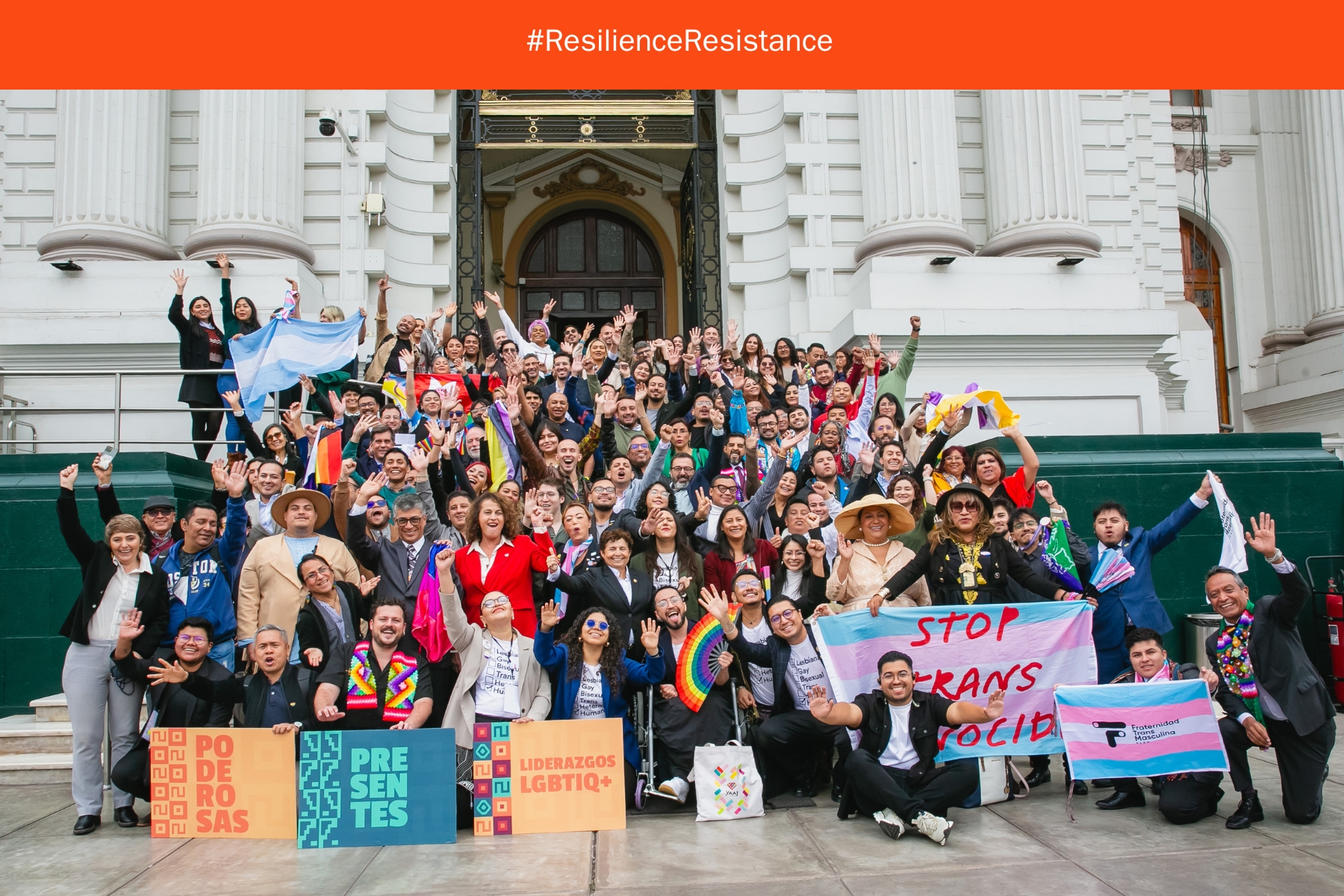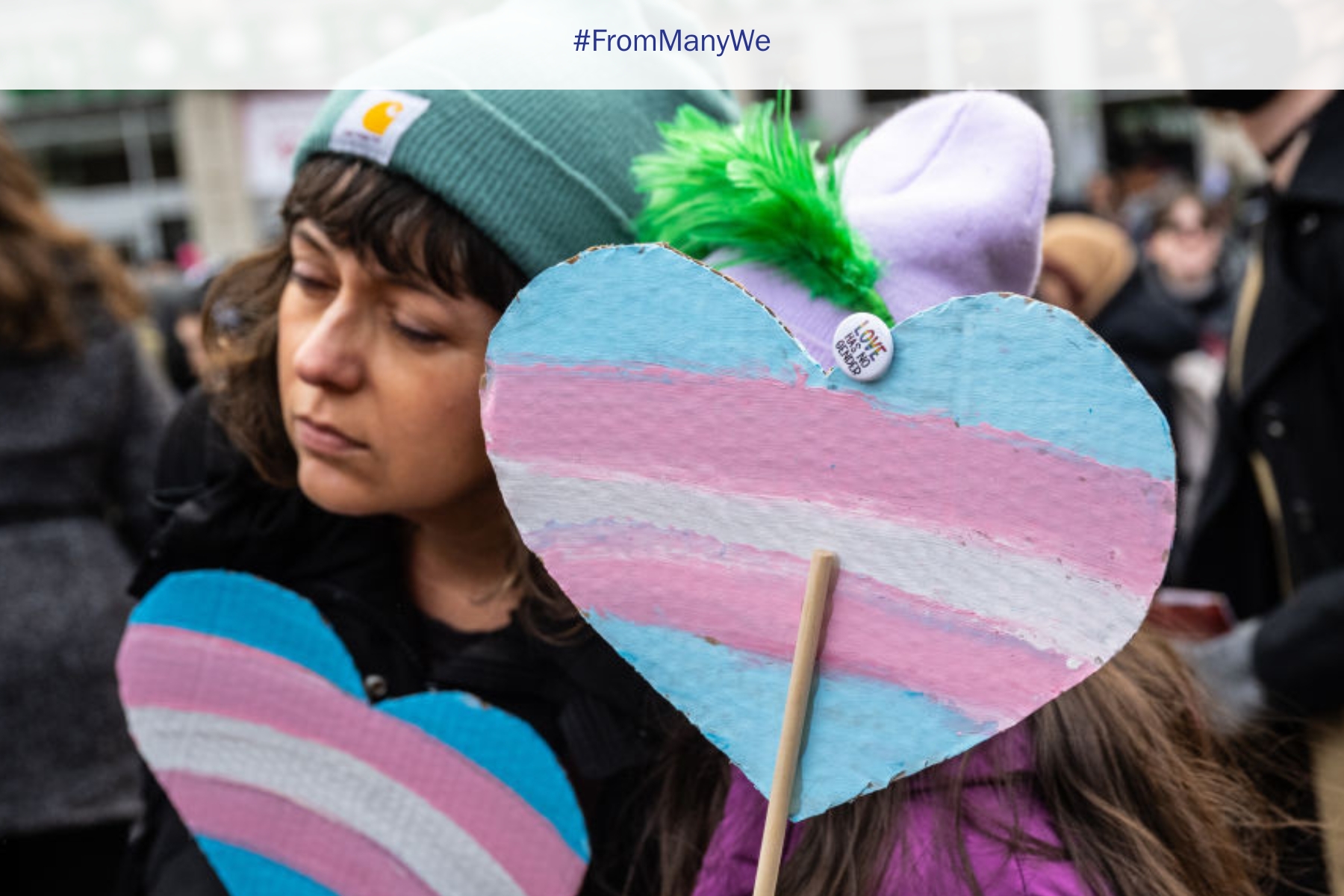The 90th Anniversary of the Ukrainian Holodomor: Lessons for Democracy Today
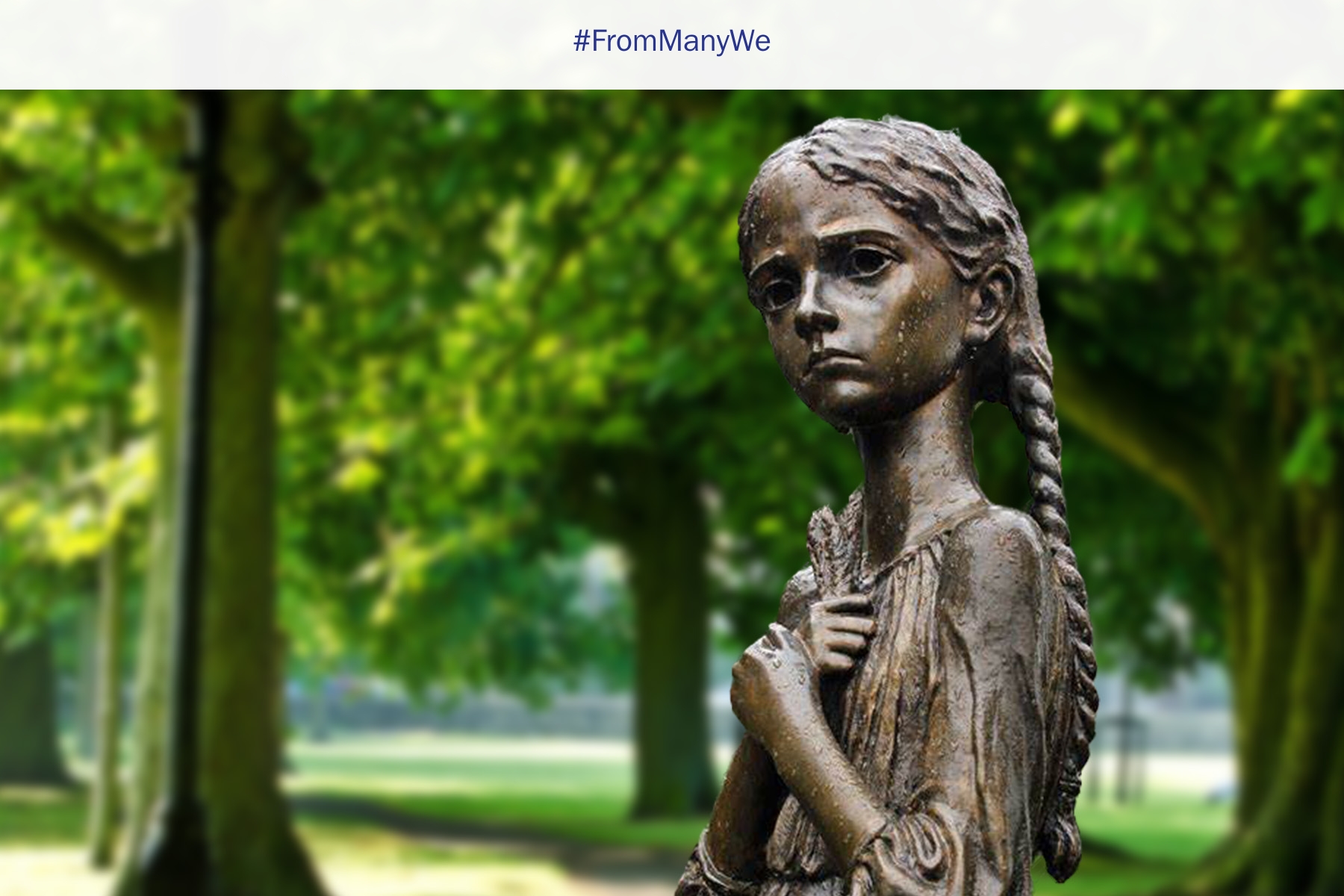
This November, Ukrainians around the world will gather to commemorate the 90th anniversary of the 1932-1933 Holodomor. Literally meaning “to kill by hunger,” this artificially induced famine stands out among Joseph Stalin’s long litany of devastations. In less than two years, at least four million Ukrainians perished through slow, agonizing hunger.
Holdomor and the Genocide Question
As Soviet records are increasingly declassified, a significant scholarly consensus has grown to understand the famine to be the result of coordinated and systematized Soviet policies, with evidence of ethnonational targeting. A strong case for genocidal intent has also emerged and portrays Stalin as willfully worsening hunger in response to the Ukrainian resistance to collectivization and the seizure of their private property. Just 10 years before the Holodomor, a Ukrainian independent state movement had been dismantled by the regional chaos of the Russian revolutions. Frustrated at their continuing rebellions to the curtailing of their self-governance and property rights, Stalin’s growing intolerance and group-based dehumanization of Ukrainians can be read in public archival sources today. During the Holodomor, a lethal combination of factors distinguished it among other Soviet famines. Ukrainian lands were targeted with a deadly combination of unworkable grain quotas, requisitions, denials of needed food aid, the capture and forced return of starving farmers trying to flee, and infamous “black boards” where villagers were sealed in their hunger-ravaged communities.
Entire villages in Ukraine’s famously fertile “breadbasket” were slowly wiped off the map, and every eighth person in Ukraine perished during the Holodomor period. Thriving, colorful communities known for the richness of their cultural heritage wasted away into mass graves. Historians have called the Holodomor a “radical break [and a] violent end” to the pre-existing Ukrainian way of life, while genocide scholars, including the field’s founder Raphael Lemkin, have singled out the Holodomor as a “classic example of Soviet genocide, its longest and broadest experiment in Russification–the destruction of the Ukrainian nation.”
Intergenerational Trauma and Ukrainian Democracy
Today, the oldest generation in Ukraine still remembers their childhood terrors: Soviet soldiers ransacking their homes, searching for hidden food to confiscate, destroying their modest farming equipment in front of them, or taunting them that they deserved their fate. I have interviewed Holodomor survivors and their descendants across modern Ukraine since 2015 and have learned incredible stories of ingenious courage and treasured family memories. One mother saved her whole family by hiding grain in a wooden doorframe where the soldiers’ spikes could not pierce. Another pet cat was credited with saving its family during the Holodomor by regularly stealing food from soldiers’ quarters and bringing it back to share with the whole household. Yet I have also been told countless stories of deep pain and intergenerational trauma as Soviet authorities relentlessly worked to suppress awareness of the Holodomor abroad and prohibited official acknowledgments or even simple commemorations for victims domestically.
As we consider what lessons we should remember on the Holodomor’s 90th anniversary, the stakes of understanding this history have scarcely been higher. Like Stalin, Vladimir Putin, the current president of Russia, is also determined to crush Ukraine’s independence and national identity through extreme violence and a military campaign in which inflicting atrocity crimes is a central strategic aim. This year, commemorating the Holodomor’s cruel injustices also involves supporting the safety, democracy, and internationally recognized rights of its survivors and descendants. Many modern Ukrainians even draw a link between coming to terms with the long-suppressed genocidal nature of the Holodomor and the modern consolidation of their democracy at home. Prominent scholar Ihor Kozlovskyi told me during a June 2019 interview in Kyiv that recognizing the Holodomor’s generations-long impact had become an important part of “build[ing] our truly independent state free of aggression and dictatorship of other people and states.”
Three Lessons for Global Democracy
This year, the Holodomor also reminds us of three other lessons that should encourage our defense of inclusive democracies today.
First, it underscores that our freedoms have a cost. Today, Ukrainians are teaching a masterclass in dignity and resistance as they work concurrently to repeal the largest land war in Europe since World War II while also continuing democratic reforms at home. As in the Holodomor, Ukrainians are paying with their lives for the democratic freedoms that many around the world take for granted.
Second, Ukrainians’ success today in telling their stories to global audiences show the power of a free and independent press. Unlike the 1930s Soviet context, Moscow is no longer able to enact repressive informational blockades. Ukraine’s homegrown independent media continues to hold their government to account, and Moscow’s co-option of foreign press has been exposed, in contrast to Walter Duranty’s notorious Pulitzer Prize in 1932 for willfully denying the impact of the famine.
Finally, the global solidarity for Ukrainians enduring a war of aggression—including from other victims of Russia, like Syrians and Georgians—illustrates the significance of the public support movements that are a critical factor in uncovering the truth of the Holodomor. Despite the Soviet Union’s decades of denials, successful diaspora-led activism in North America in the 1980s was supported by American Jewish organizations, including an 1983 rally in which 18,000 picketed the Soviet embassy in Washington, DC. This unity fostered the political will to preserve Holodomor testimonies and enact Holodomor commemorations well before the Soviet Union’s collapse. With such examples in mind, global solidarity movements can make tangible impacts to protect Ukrainians and other atrocity crime victims today while helping them to consolidate their democracies at home.
As we commemorate the Holodomor’s 90th anniversary this month, millions will pause to honor the scores of innocent lives lost defending their autonomy. With every candle lit, we also can use this opportunity to offer our solidarity to Holodomor survivors and descendants today. When summarizing what the Holodomor means for modern Ukrainians, a few simple words convey Ukraine’s powerful message to the world, “1932-1933: We remember, we are strong.”
Editor’s Note: For more information on the 1932-33 Ukrainian Holodomor see the following resources.
Campaigns
Holodomor90 is an awareness campaign in commemoration of the 90th anniversary of Holodomor.
Petition to the Biden Administration to recognize Holodomor as genocide
Global Recognition
Current list of countries that recognize Holodomor as genocide
Wyoming proclamation (November 1, 2023)
Washington, Arizona, and Maryland proclamations (November 1, 2023)
Iowa proclamation (November 16, 2023)
Organizations
Holodomor Research and Education Consortium is the consortium for Holodomor research and education based at the University of Alberta
Connecticut Holodomor Awareness Committee
National Museum of the Holodomor-Genocide (Kyiv)
Books and Articles
Anne Applebaum, Red Famine: Stalin’s War on Ukraine. Anchor Books, 2018
Raphael Lemkin, “Soviet Genocide in Ukraine,” 1953 speech
Kristina Hook is an assistant professor of conflict management at Kennesaw State University’s School of Conflict Management, Peacebuilding, and Development, where she specializes in genocide prevention and international human rights.
From Many, We is a Charles F. Kettering Foundation blog series that highlights the insights of thought leaders dedicated to the idea of inclusive democracy. Queries may be directed to fmw@kettering.org.
The views and opinions expressed by contributors to our digital communications are made independent of their affiliation with the Charles F. Kettering Foundation and without the foundation’s warranty of accuracy, authenticity, or completeness. Such statements do not reflect the views and opinions of the foundation which hereby disclaims liability to any party for direct, indirect, implied, punitive, special, incidental, or other consequential damages that may arise in connection with statements made by a contributor during their association with the foundation or independently.

